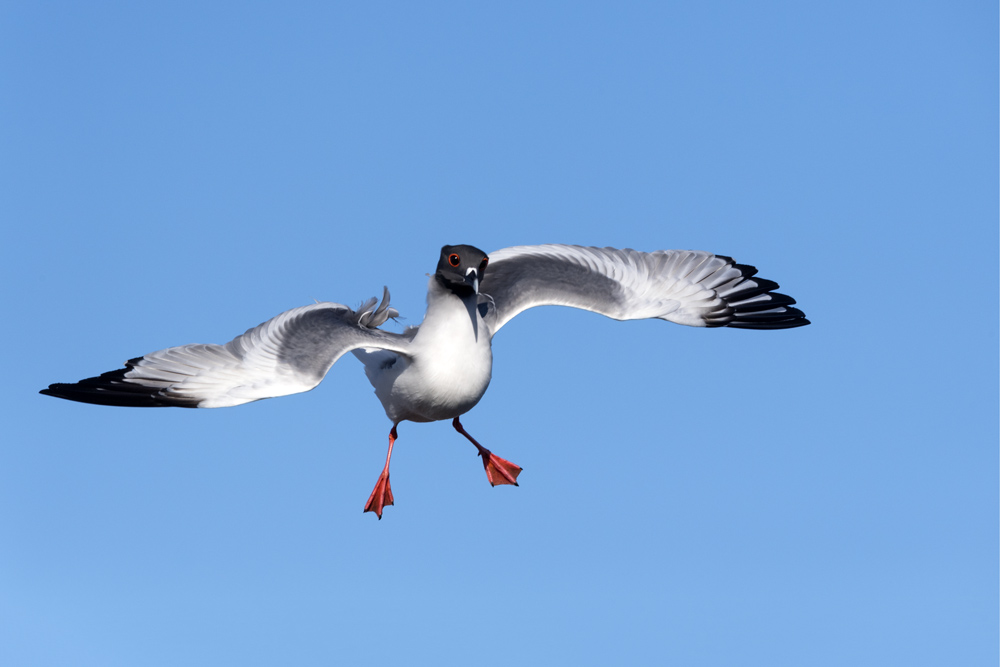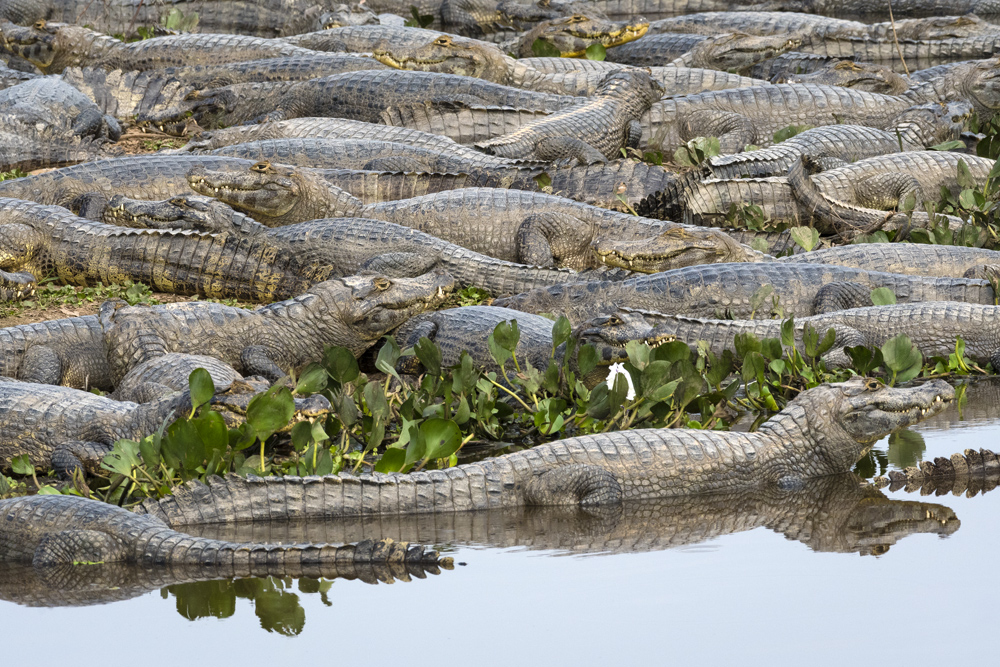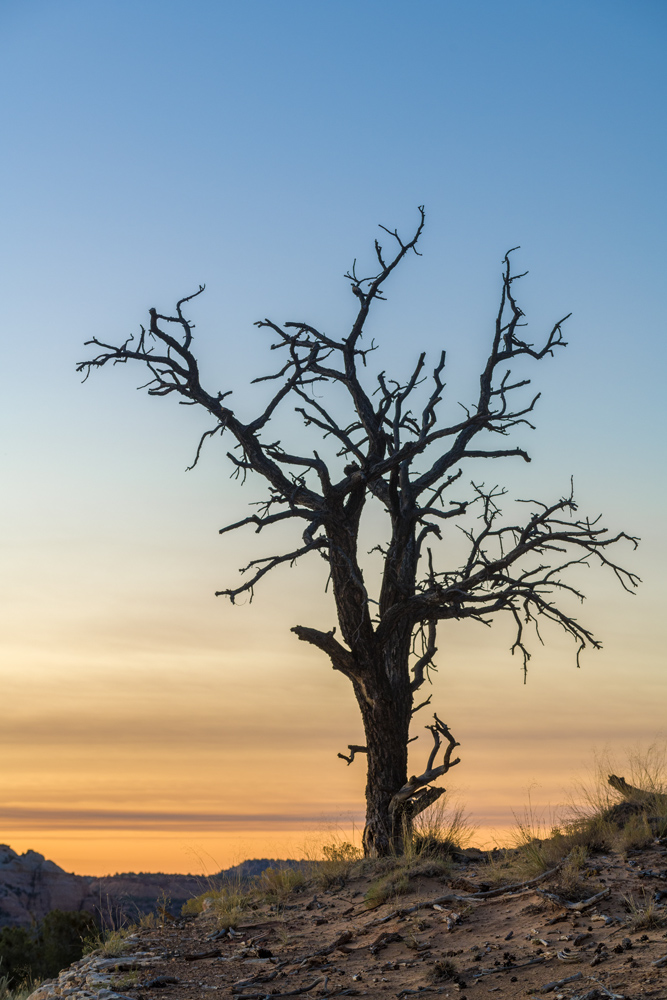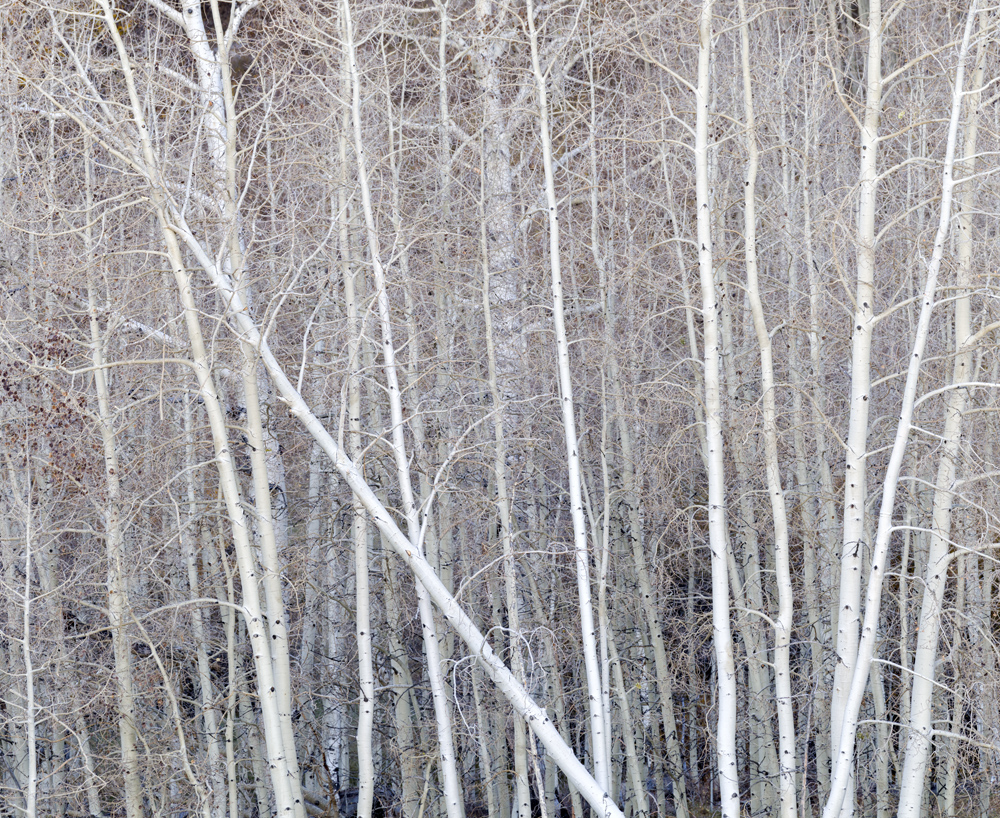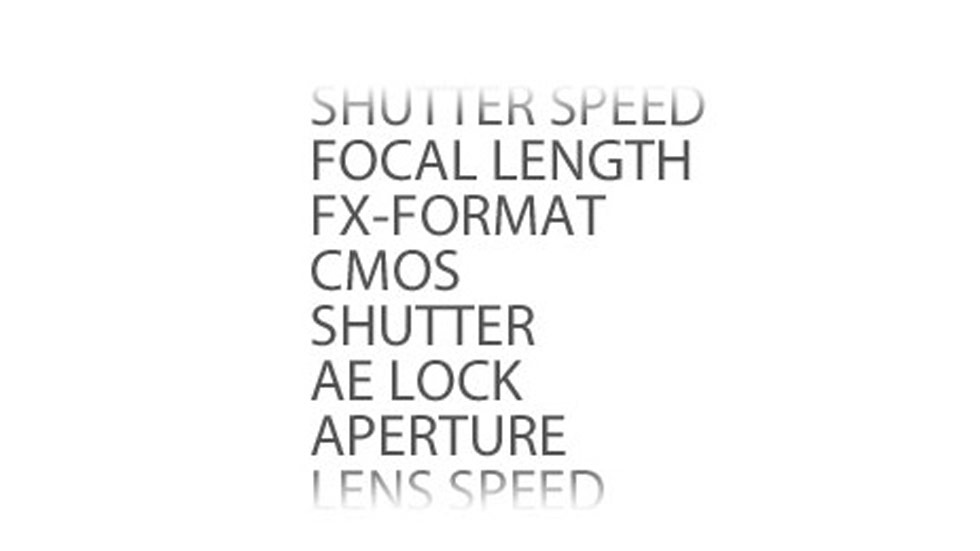Master Class: What You Can Learn From John Shaw
Once upon a short time ago, as I was looking at a singularly impressive collection of new photographs by legendary nature and outdoor photographer John Shaw, I couldn't help thinking that John Shaw has forgotten more about photography than most photographers will ever know.
And then I realized that John Shaw has forgotten nothing.
So I thought it might be interesting to talk with him about a career in which he's seen and assimilated incredible technical advances and how these opportunities and capabilities affected his work, and maybe even his style. The fact that my curiosity was also a chance to pass along to Learn & Explore visitors some of John's time-tested photo tips was also part of my thinking.
A jaguar in the Pantanal wetlands region of Brazil. "The water level fluctuates greatly over a year, so you're trying to time a trip so the water is going down and the cats are hunting capybaras and caimans all along the river. I was working off a boat with a monopod with a gimbal head. There were maybe 40 cats in the area, and this one was walking the river bank." D5, AF-S NIKKOR 600mm f/4E FL ED VR, 1/5000 second, f/5.6, ISO 3200, aperture priority, Matrix metering.
Open the Box
That's the first thing—welcome and take advantage of the opportunities technology offers. Digital opened the door, and things just kept getting better with more possibilities for photos at settings and under conditions that were previously impossible.
There were changes for him as a workshop instructor as well.
After all, digital is a great instructor: see the picture you just took, make adjustments to make it a better picture and stash that newfound knowledge away for next time. And aren't the cameras so automatically savvy that perfect photos are pretty much the rule?
Well, yes and no. Here's John's take: "I always say this at my programs, and I feel it's apropos of the digital world: the act of photography is the capture of optimal data, and you have to have the best process to get the best data. But the art of photography is the capture of the optimal vision."
Both ingredients are vital. You can have the finest ideas and concepts, but, John says, "if you're cavalier about how you shoot, you'll get pretty iffy photographs." But—and John sees this in workshops all the time—you can also produce technically perfect photographs that show no emotion.
"Yes, the cameras have gotten so good," John says, "but you still have to remind people of the technique. You still talk about tripods, shutter speeds and aperture, and the basics of exposure and composition. The camera is a tool to get good data; it doesn't make the data. It's how you use the camera that will determine the photograph."
John doesn't think much of the "fix it in the computer" idea. "Photoshop doesn't make a bad picture good; it makes a bad picture big."
Being conscious of, and always returning to, the basics of even the most advanced imaging technology is another box you have to open.
In An Instant
"I'm concentrating on teaching more along the lines of the art of the image now," John says. "It's more toward the vision end of teaching, and digital is great for that, and great for talking about vision. In workshops we often go out and shoot and go right into the classroom and project what we've just shot. And we look at the RAW files, because when you're looking at the RAW file you're looking at your vision, not your Photoshop prowess. Here's what you shot—now, how come you composed it that way? Why did you make those choices?"
Today's photography offers, in a sense, a return to the darkroom. "You can look at the 'negative'—the original, the RAW file—and see what you were thinking at the time. Or even in the field, using live view, you can stand with a group of people, point at things in the image and talk about composition, right then and there."
Which can lead to all sorts of discussions—and changes in camera settings or the focal length of a lens, right there, on the spot.
"Those changes and more," John says. "Look at the edge of the frame—there's a distracting element there, so let's zoom a little bit or move the tripod."
Over time, this kind of critical viewing can lead to a sharper sense of composition, better decisions about settings and even the development of a style of shooting. That's the effect of technology on vision: see it, evaluate it, change it, correct it. And reach for more. "The first scene you see, the first framing you make, may not be the best or the most interesting," John says. "Don't settle for mere documentation; think of interpretation."
"These are caimans—alligators, caymans and crocodiles are all in the same group. This is in the Pantanal, in Brazil—just cold-blooded creatures getting warm by hanging out in the sun. They're all over the place, but they're fish eaters, and not likely to attack people." D500, AF-S NIKKOR 200-500mm f/5.6E ED VR, 1/800 second, f/13, ISO 1250, aperture priority, Matrix metering.
On the Other Hand
There is a downside. "The drawback of digital, and the problem you have to teach people, is that shooting tons of pictures, just holding the button down, doesn't mean you're going to get a good image. Shoot less, but shoot better quality. It's not 'spray and pray.' How many gigs you shot is not a measure of the success of your day."
For better quality, then, it's slow down, explore, don't settle, analyze—and remember what you've learned.
"For landscapes," John says, "I use live view a lot. It's a bigger image than looking through the viewfinder, and I find that appealing because, first, it does slow you down and makes you actually look at the image. And it distances you somewhat from the subject. I always thought that was a good idea, to not get tied up in the subject so much that you're forgetting you're dealing with lines, shapes and forms—the elements of composition. So, for landscapes, with the camera on a tripod, use live view and stand back a bit and evaluate—what do I think of this?—almost as if the picture were already taken."
What you're doing is not shooting a ton of pictures—you're taking the time to be objective and critical. You're learning what works.
Tips and Quotes
Here are some things that work for John, things he's learned along the way:
-
One word: simplify. "The more you simplify your vision, the stronger your images will be. A beginner frequently takes a wide-angle lens and tries to record the world in one shot. What he usually gets is visual chaos."
-
Another word: support. "If you want quality in your photographs, buy a sturdy, heavy-duty tripod...one that goes up to your level without extending the center post." John's tripod is a Really Right Stuff TVC-34; the ball head is the BH-55.
-
"Never take one picture and think you've got it. Take another, then another, and always expect the next frame you shoot to be the definitive one."
-
"The LCD can be hard to see if you're working in bright sun," John says. "The trick is to turn it up as bright as you can make it, and turn it down at night. You have to overpower the ambient light."
-
"I don't think people take advantage of ISO as much as they could. Most of the time I'm shooting aperture priority, but I'll go back and shoot in manual with auto ISO set, which is really neat especially for animals. It gives you ISO as your active third variable: I need this shutter speed, I need this aperture, so the variable is ISO. Nikon DSLRs let you do that—auto ISO in manual exposure, and you can even dial in exposure compensation.
-
The greatest show on earth: the histogram. It's a visual display of the range of contrast and the distribution of tones in a photo. A light meter reads the scene and guides you before you take the shot; the histogram analyzes the shot you've taken. Many photographers find it the most useful digital tool. "With RAW files you want the histogram weighted to the right side," John says, "so I do whatever's necessary [in the exposure] to get it there. I want the exposure to be as bright as possible, but not clipping the highlights." If your highlights are overexposed, adjust your f/stop, shutter speed or ISO. John's set his camera to display the histogram with the photo he's reviewing. Check your Nikon DSLR manual to see how to set that up.
-
"More good photos are lost because people refuse to miss meals. They don't stay out for the gorgeous light...and you've got to be on location when the light is good."
-
Research the subject. "The better naturalist you are, the better nature photographer you'll be."
-
And finally, my favorite John Shaw quote: "The harder I work, the luckier I get."



